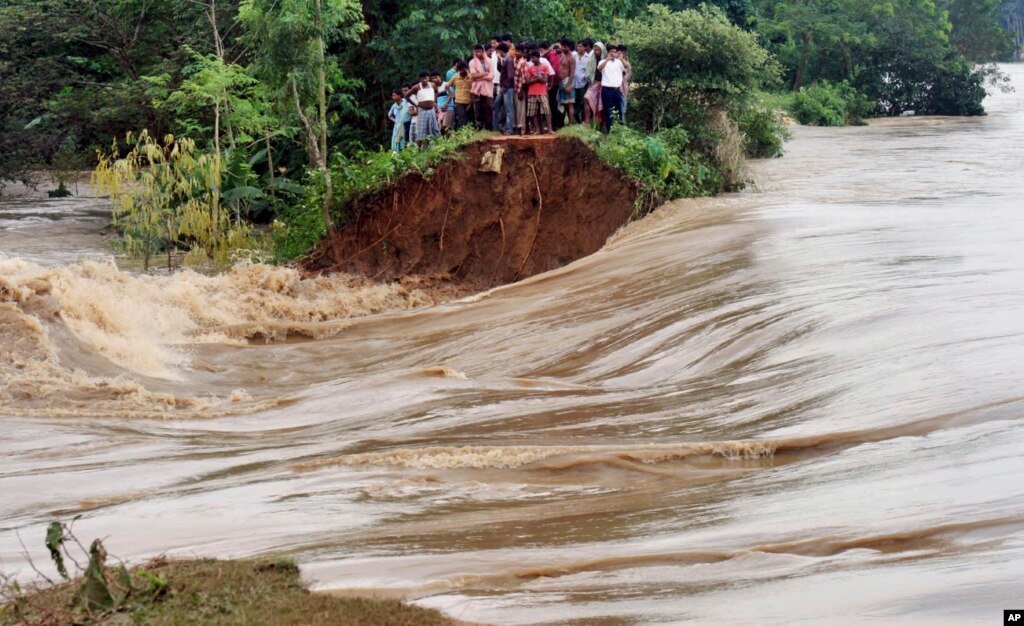 |
| Figure 1: Map of Zimbabwe showing Masvingo (Southeast) and Matabeleland North (West) Provinces. Source: NationsOnline.org |
 |
| Figure 2: 600 stranded during floods in Zimbabwe Source: voazimbabwe.com |
One organisation providing such disaster relief is Shelterbox International. Shelterbox provides emergency shelter and vital supplies to support communities around the world overwhelmed by disaster and humanitarian crisis. It is a Rotary Club partner and as such it is dedicated to providing humanitarian services, encouraging high ethical standards and building goodwill and peace throughout the world regardless of race, religion, creed, colour, gender or political preference.
Shelterboxes are exactly what they sound like by name. They are emergency packs designed to provide essentials for security to those most in need of shelter. Here is an excerpt from their About Us page:
We deliver the essentials people need to begin rebuilding their lives in the aftermath of a disaster. When we send boxes, each one is tailored to a disaster but typically contains a disaster relief tent for a family, thermal blankets and groundsheets, water storage and purification equipment, solar lamps, cooking utensils, a basic tool kit, mosquito nets and a children’s activity pack.For colder countries, we can deliver winterised aid that includes more blankets and groundsheets and a thermal liner that fits between the inner and outer layers of the tent retaining more heat.Sometimes our aid is not packed in boxes but sent in bulk. It is essential that we always support the needs of those who have survived disasters and this can vary enormously based on the type and scale of a disaster. We also do this to maximise donors’ money ensuring that we only send what is really needed and appropriate for the situation and culture.
 |
| Figure 3: An example of a Shelterbox. Source: jetsongreen.com |
What stands out about their mission is the intention to create tailored packs depending on the nature of the disaster, location and circumstances of those seeking relief. One of the more admirable aspects of their work is shown when they send thank you letters for donations. These explain that it may be be some time until they are able to indicate where the box is going. The idea is that as an organisation, rather than highlighting a specific group of people or location -- or even a purpose, they are most concerned in the most efficient means of using funding to provide the most substantial aid as possible. This reflects the truly chaotic situations many people around the world are in and rather than dedicate assistance to favoured groups, the help goes to where it is needed most given the circumstances of the victims of that particular time. Once a box is created and dispatched, notification is sent of where it went and why it was so crucial that this specific box went there. The basis of charity and humanitarian aid being decided upon based on who needs it most rather than any other personal, cultural or political criteria is top priority and rightfully so .
Below is the background and latest updates from volunteers in Zimbabwe. For more information on the work Shelterbox is doing, or to contribute to one yourself, please visit http://www.shelterbox.org/.
